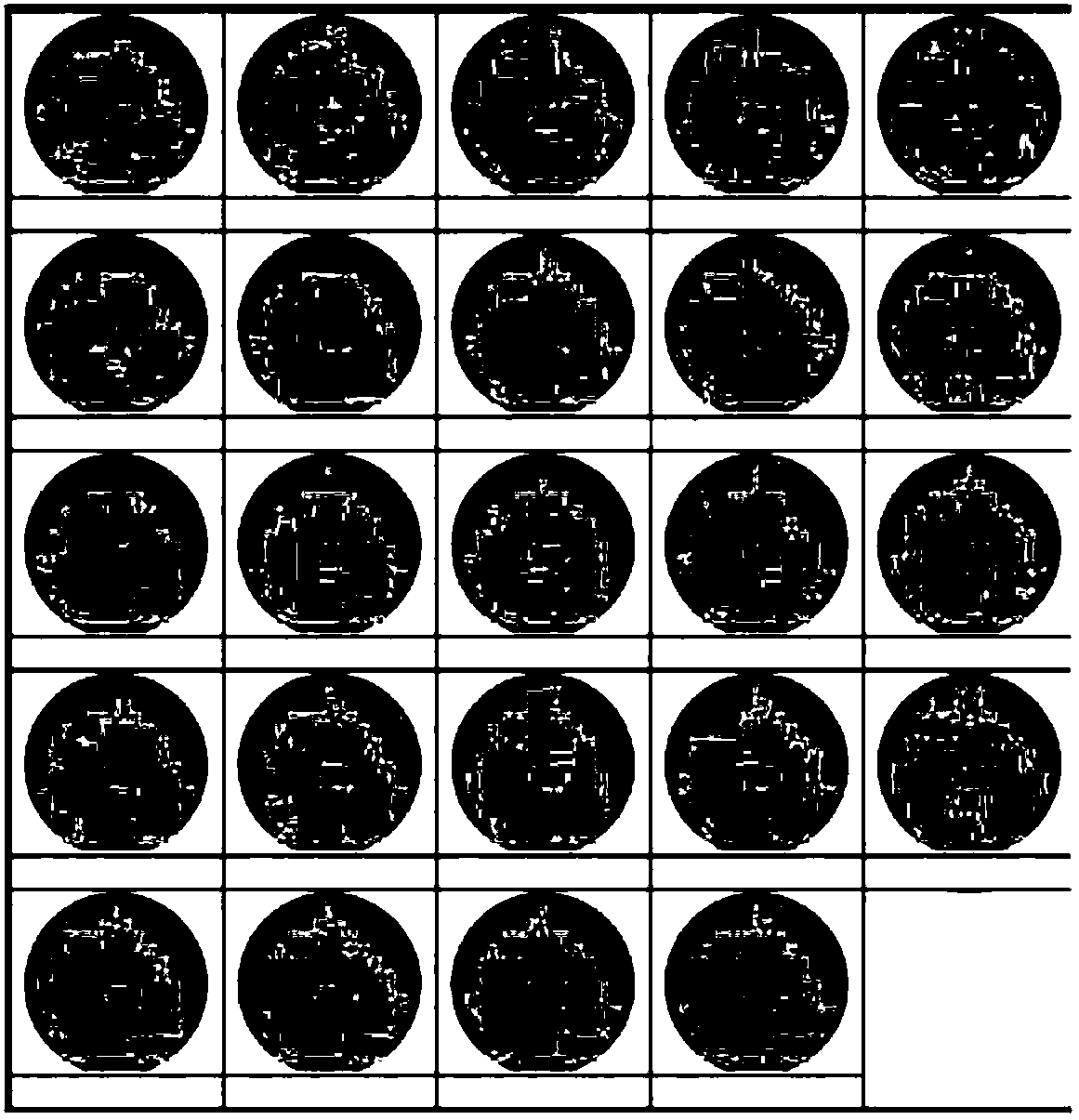Method for preventing generation of defects in semiconductor product high temperature rapid annealing
A high-temperature rapid annealing, semiconductor technology, used in semiconductor/solid-state device manufacturing, electrical components, circuits, etc., can solve problems such as product yield decline
- Summary
- Abstract
- Description
- Claims
- Application Information
AI Technical Summary
Problems solved by technology
Method used
Image
Examples
Embodiment Construction
[0014] to combine Figure 5 As shown, when semiconductor products are subjected to high-temperature (greater than 1000°C, duration greater than 10 seconds) rapid annealing after high-dose ion implantation, the silicon surface does not have any protective layer at this time, that is, the silicon surface is exposed. In view of this situation, it is necessary to use argon as the process gas in the heating-up stage, high-temperature continuous stage and cooling-down stage of high-temperature rapid annealing. oxygen to the required level.
[0015] Off-line experiments show that after high-dose ion implantation and rapid thermal annealing above 1000°C, many porous defects are generated on the surface of the silicon wafer (see Figure 4 ). The mechanism should be that nitrogen and silicon react easily at high temperature to form silicon nitride, and the high tensile stress of silicon nitride will cause cracks, that is, the observed voids. Replace the high-temperature rapid anneali...
PUM
 Login to View More
Login to View More Abstract
Description
Claims
Application Information
 Login to View More
Login to View More - R&D
- Intellectual Property
- Life Sciences
- Materials
- Tech Scout
- Unparalleled Data Quality
- Higher Quality Content
- 60% Fewer Hallucinations
Browse by: Latest US Patents, China's latest patents, Technical Efficacy Thesaurus, Application Domain, Technology Topic, Popular Technical Reports.
© 2025 PatSnap. All rights reserved.Legal|Privacy policy|Modern Slavery Act Transparency Statement|Sitemap|About US| Contact US: help@patsnap.com



